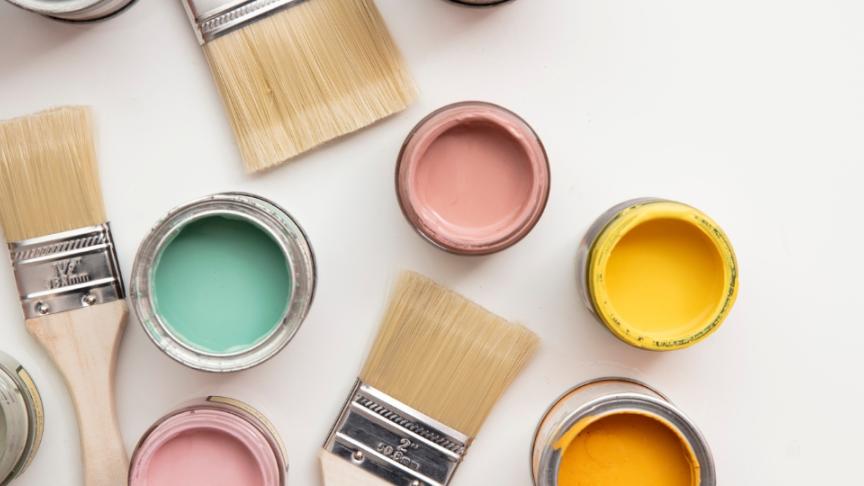Shared ownership properties have become an increasingly popular method for many people looking to step onto the property ladder. However, one of the questions that often arises among new buyers is about the freedom to make the space their own. Can you actually decorate and make changes to a shared ownership property? In this article, we’ll dispel the myths around decorating shared ownership properties to keep you fully informed.
Understanding Shared Ownership
Before diving into the nitty-gritty of decoration permissions, it's essential to understand what shared ownership means. The shared ownership scheme allows a buyer to purchase a share of a property (usually between 25% and 75%) and pay rent on the remaining portion. Over time, they may choose to increase their share via staircasing, giving them a chance to own the property outright.
Decorating vs. Structural Changes
There's a distinction between decorating your home and making structural changes, and it's important to understand this difference when discussing shared ownership properties. So, let’s go over a quick overview of these two terms:
- Decorating: This typically includes actions like painting walls, changing light fixtures, or updating the interior design elements. These are cosmetic changes that don't affect the property's structure.
- Structural Changes: These involve altering the building's core structure, such as knocking down walls, extending rooms, or adding new fixtures that require substantial work.
Decorating Your Shared Ownership Property
For most shared ownership schemes, you can decorate your property as you see fit as you are classed as a homeowner, so this differs from renting a home privately. After all, the idea is for you to feel at home in your new space. Whether it's a fresh coat of paint, new curtains, or a complete style overhaul, you generally don't need permission from the developer to decorate.
Making Structural Changes to Your Shared Ownership Property
This is where things can get a bit more complicated. Since you don't own the property outright, any structural changes need to be agreed upon with the housing association or the entity that holds the remainder of the property's share. Before making any significant modifications:
- Seek Permission: Always approach the developer first. They will guide you on what's possible and any potential restrictions.
- Check the Lease: Your shared ownership lease will have clauses about alterations. Read through it to understand any limitations or requirements.
Why are Restrictions in Place?
You might wonder why there are restrictions on making structural changes to a shared ownership property. There are several reasons for this, including:
- Safety: Structural changes can affect the safety and integrity of the building, especially in flats or terraced houses.
- Property Value: Significant alterations might impact the property's value, which is a concern for the housing association, especially if they still own a portion of it.
- Consistency: In developments where there's a uniform appearance, substantial external alterations can disrupt the harmony and look of the area.
Personalise Your Shared Ownership Home
Owning a shared ownership property allows you the pleasure of making a space feel like home, especially when it comes to decoration. While you generally have free rein on the decorative front, always remember to tread with caution and seek permission before making any structural alterations. By respecting the guidelines and working in tandem with the developer, you can create a home that's both personal and in line with the shared ownership stipulations.
If you’re looking for your perfect home and think shared ownership is right for you, then please reach out to our team at Sanctuary today for assistance.
